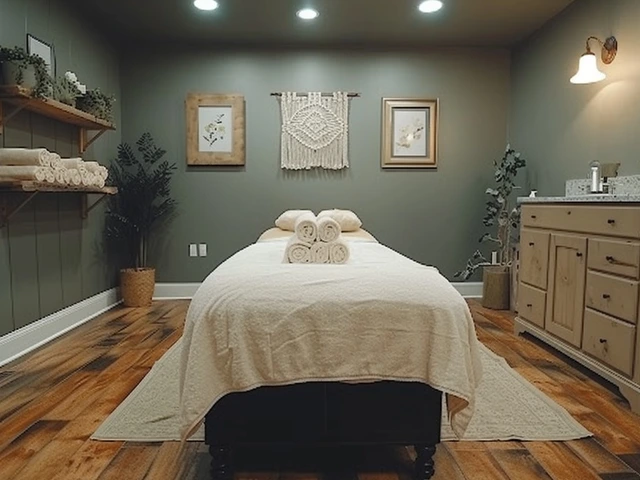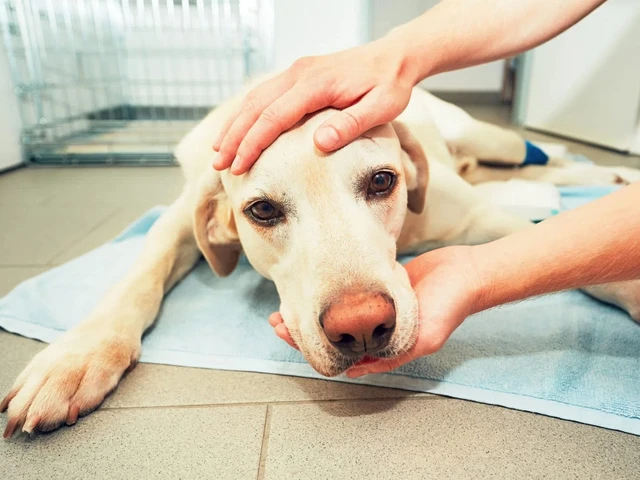Bodywork Therapy for Dogs: What It Is and Why Your Dog Might Need It
Bodywork therapy for dogs means hands-on treatments that ease pain, improve movement, and calm the nervous system. You’ve probably seen people get massages or physical therapy — dogs benefit in similar ways. Whether your dog is a working athlete, a couch-loving senior, or recovering from surgery, targeted bodywork can speed recovery and make daily life easier.
Common types and what they do
Sports massage for dogs focuses on muscles used in running, jumping, and playing. It helps reduce tightness and speeds recovery after exercise. Myofascial release targets tight bands in muscle and connective tissue; it’s great for long-term stiffness and improving range of motion. Neuromuscular techniques work on trigger points that cause referred pain or recurring limps. Gentle acupressure and certain relaxation-focused methods lower stress and calm dogs who are anxious at the groomer or vet.
Some owners also combine bodywork with safe aromatherapy (very diluted and vet-approved) or use guided relaxation during sessions to help sensitive dogs settle. Not every technique suits every dog — a good therapist adapts to your dog’s size, age, condition, and temperament.
How to start and keep your dog safe
First, check with your vet. If your dog has a serious condition (fractures, unstable spine, active infection), get veterinary clearance. For most soft-tissue issues or stress-related problems, a qualified canine bodyworker is a smart next step. Look for practitioners with animal-specific training, references, and liability insurance. Ask how they assess dogs before working and request a short demo session to watch your dog’s reaction.
During a session expect a calm, slow approach: light stroking, targeted pressure, gentle stretches, and pauses for your dog to respond. Good therapists read body language and stop if the dog shows ongoing discomfort. Sessions usually last 20–45 minutes depending on the dog’s stamina. Track progress with simple notes: pain-free walks, better stair use, improved play length, or calmer behavior after grooming.
You can do safe micro-techniques at home to support professional work. Short daily massage strokes along the back and shoulders, slow guided stretches for the legs, and soft circular pressure around tight knots can help. Keep sessions under five minutes to start and stop if your dog pulls away. Omega-3 supplements often complement bodywork by reducing inflammation — ask your vet for dosing guidance.
Bodywork isn’t a magic cure, but when used with veterinary care, proper exercise, and good nutrition it’s a powerful tool for wellbeing. If you want specific tips for your dog’s breed, age, or injury, tell us more and we’ll point you to the best article or therapist type for that situation.

How Rolfing Can Improve Your Mental Health
Hi there, today we're going to delve into something really fascinating and potentially beneficial for our mental health - Rolfing. Ever heard of it? It's a hands-on bodywork therapy that can work wonders for your mind. Explore with me the amazing ways Rolfing can be an avenue for emotional release and facilitate a calm, centered mind amidst our busy lives. It's about time we give our mental health the healing touch it truly deserves!

Exploring the Health Wonders of Coconut Oil
Oct, 4 2024



